Jenna Barron
Easthampton, MA
2027
Easthampton, MA
2027
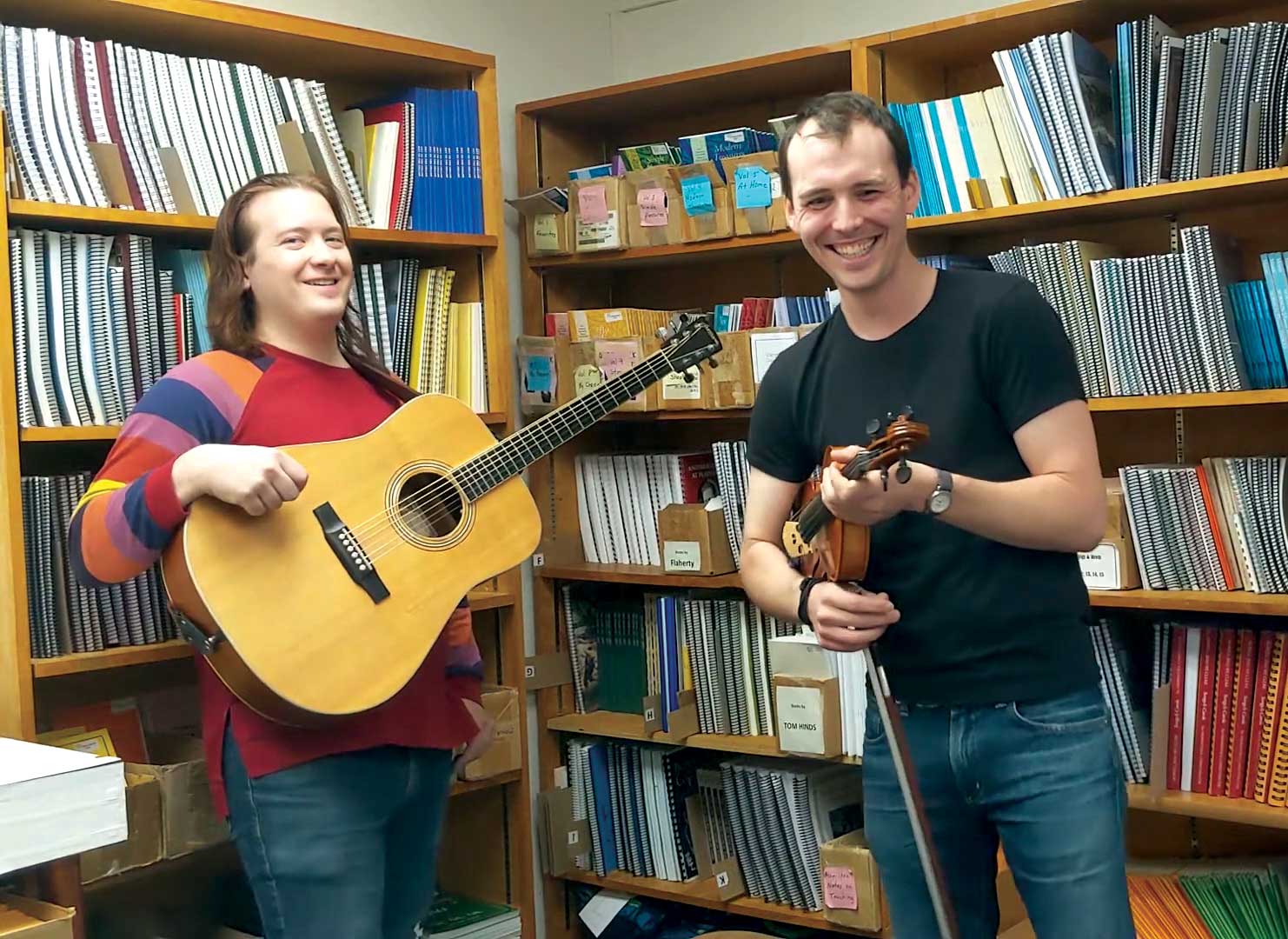
We’re delighted to welcome Countercurrent (Brian Lindsay and Alex Sturbaum) to CDSS for the first episode of our new Pack & Wrap Sessions! Named for the store room where it’s filmed, the Pack & Wrap Sessions is a not-so-often web series featuring very short interviews and concerts with dance musicians. In this episode, Alex and Brian talk about the silly things they always have in their instrument cases and play a set of favorite contra dance tunes.
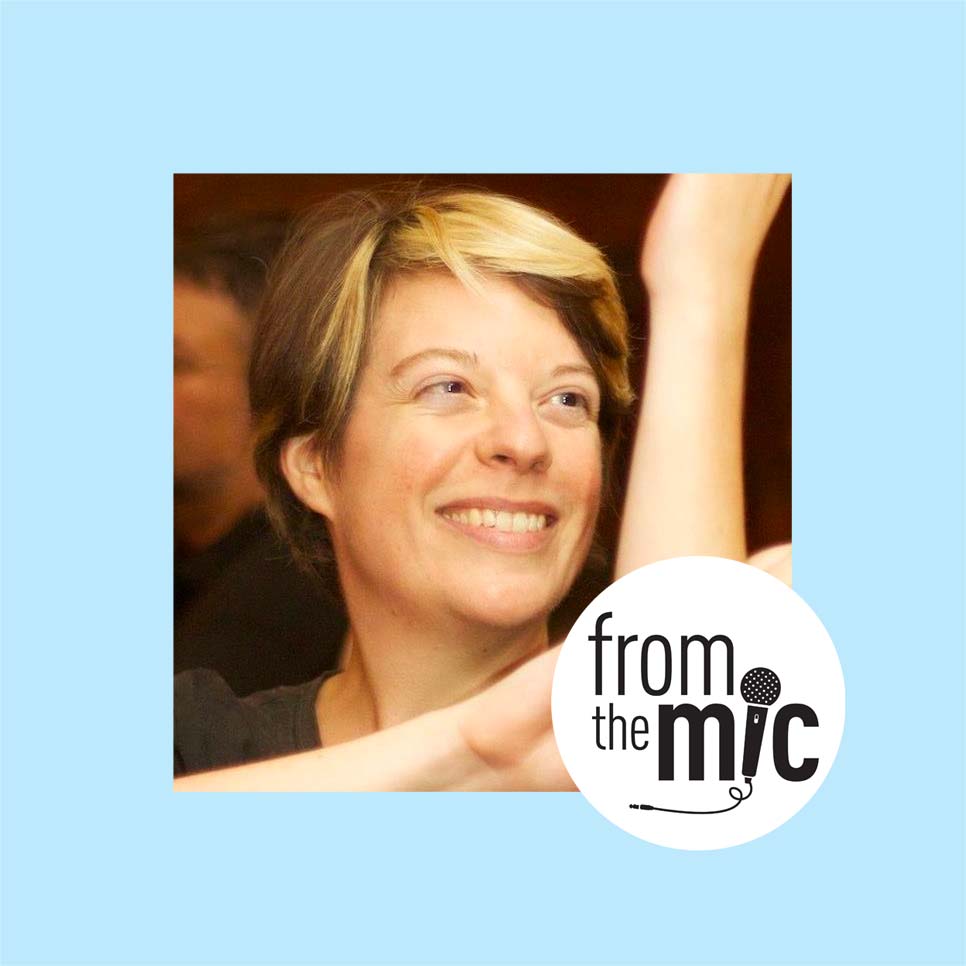
In this episode of From the Mic, Mary interviews Louise Siddons about her involvement with communities in Michigan and Oklahoma, and across the pond in the UK. We’ll also learn about her work developing and teaching the practice of “positional calling” for social dance, which has recently culminated in a new book, published through CDSS, called Dancing the Whole Dance: Positional Calling for Contra.

Derek Piotr presents “We’re All Jolly Fellows that Follow the Plough,” a rare tale of hard work well rewarded.
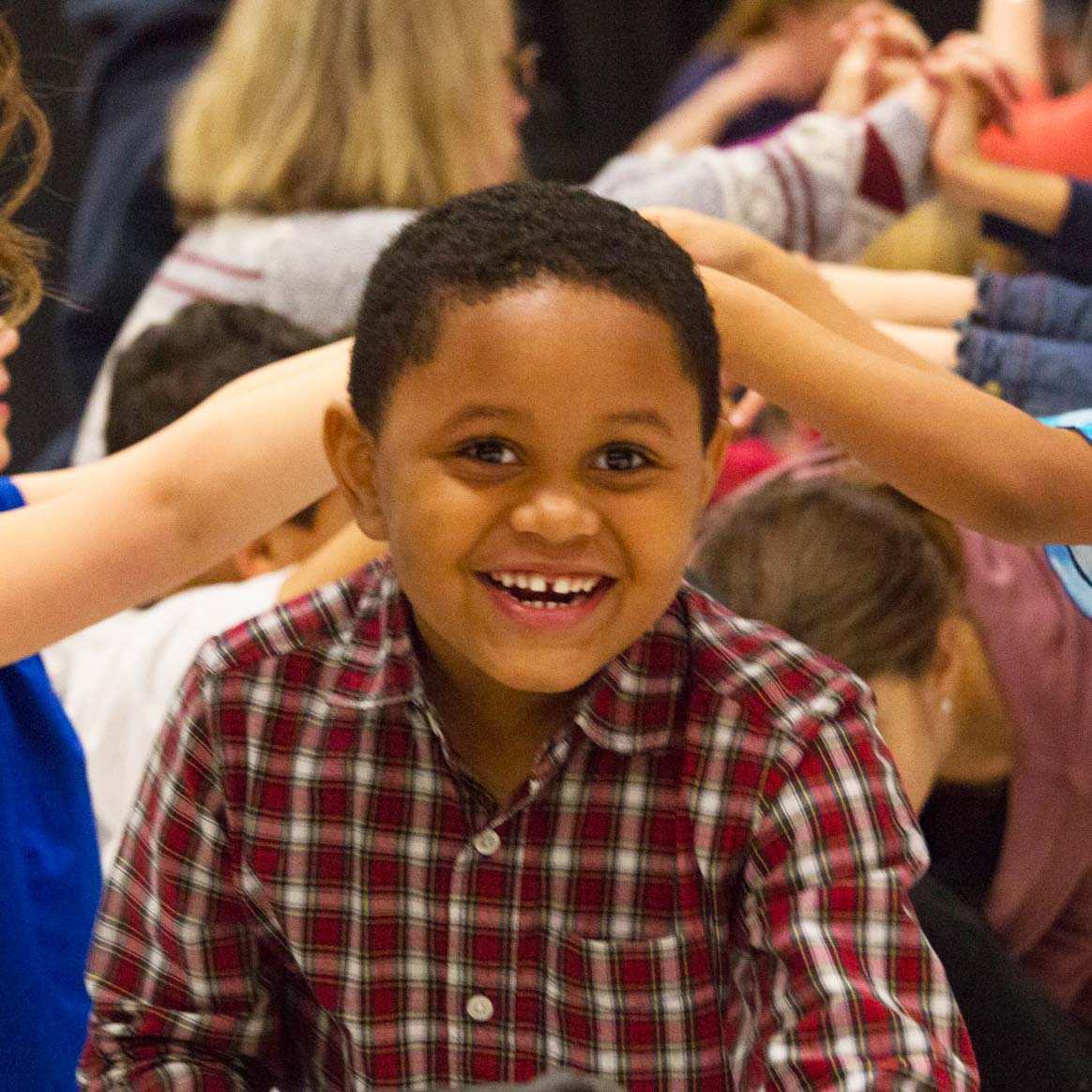
The CDSS Educators Task Group presents a new set of Lesson Plans to introduce students to a variety of topics in traditional music and dance. Check out the sample plans, and contribute your own at [email protected].

In episode 12 of From the Mic, Wendy Graham tells Mary, “My only job is to help people have fun. Fun, F-U-N, three letter word. That’s it!” Wendy’s passion for music, song and dance caught fire in 1991 on a Danish-American Exchange (DAE) youth dance tour to Denmark. Today, Wendy leads English and American community folk dances and teaches social couples dance across the country and around the world.

Denise and Stuart Savage present “Reynardine,” an English ballad in which a young woman is led astray by a stranger who may or may not be a tricky fox.

“CDSS Jig” by Bob McQuillen, played by some of the CDSS staff to celebrate moving to our new office and Mac’s centenary this year.
Have you heard about the project to play all of Bob McQuillen’s (nearly 2000!) tunes this year? Learn more in the latest issue of the CDSS News or at mcquillentunes.com.
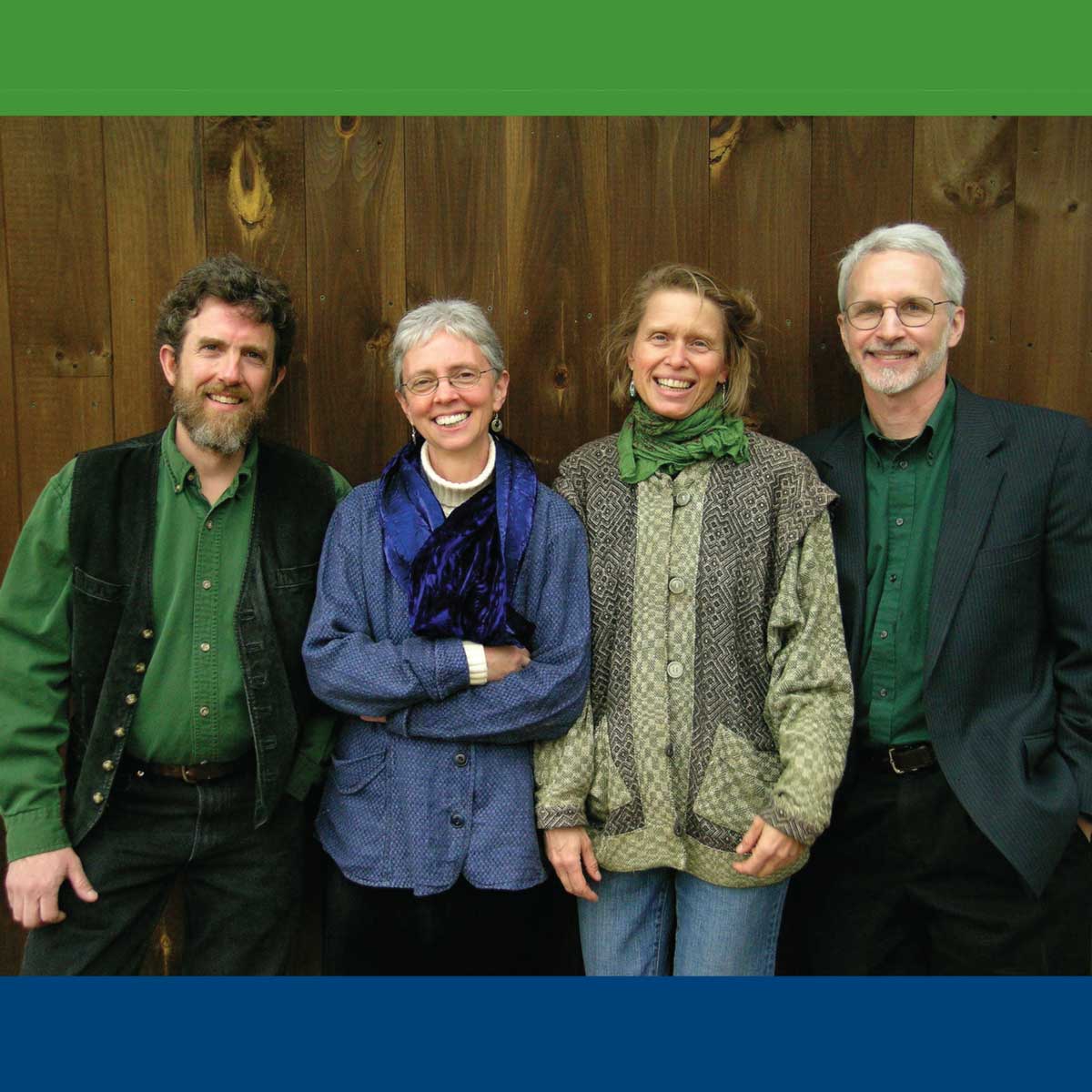
The Spring 2023 CDSS News is now available! Meet this year’s Lifetime Contribution Award winners; hear how Jacob Chen passes on traditions to the next generation with Folk Song Fridays; learn how a dance camp in Washington state kept Covid in check; celebrate Bob McQuillen’s centennial at KwackFest; and much more.
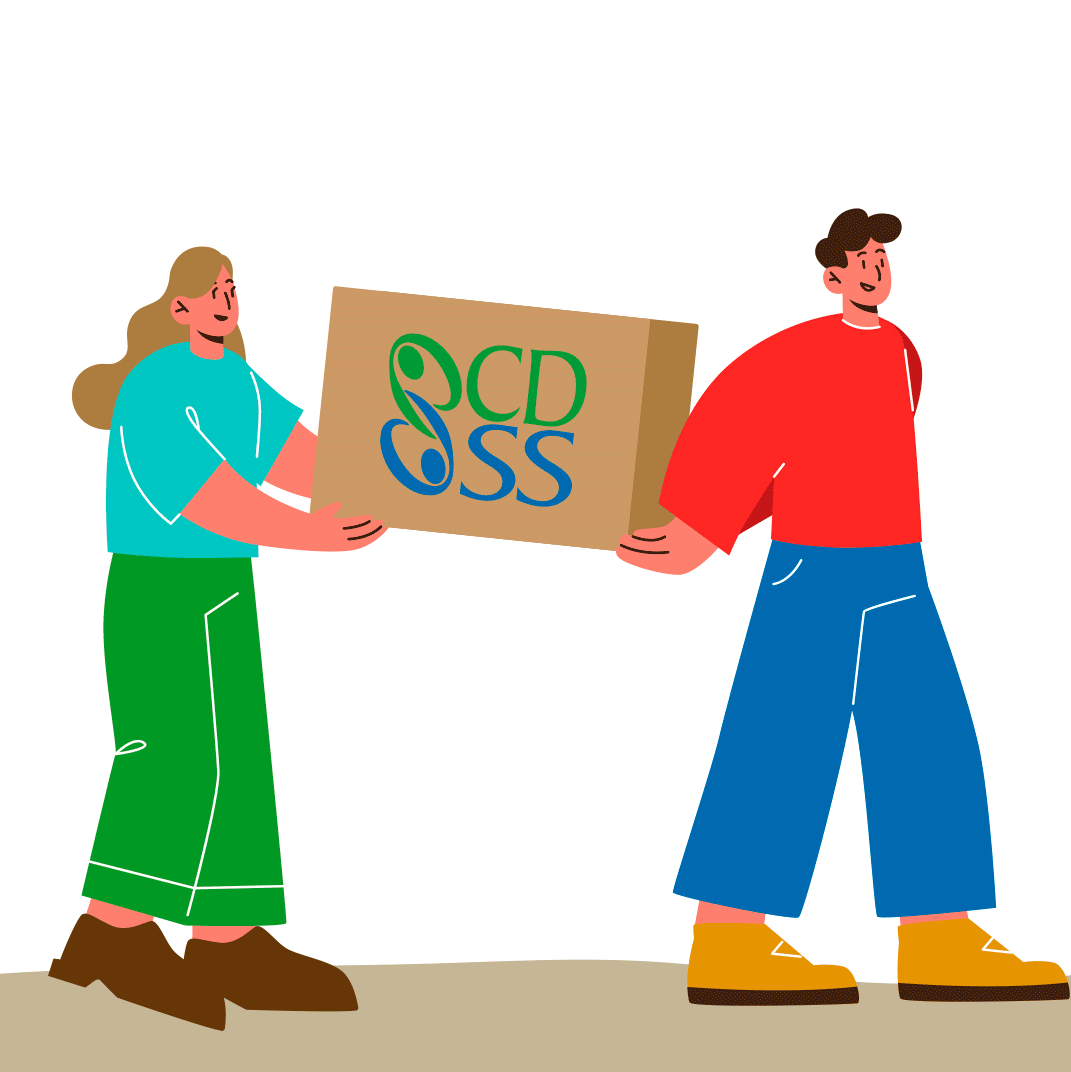
Hello from our new office, just down the hall from the old one! If you’d like to visit the CDSS store in person, check out the new directions for finding us in the building.